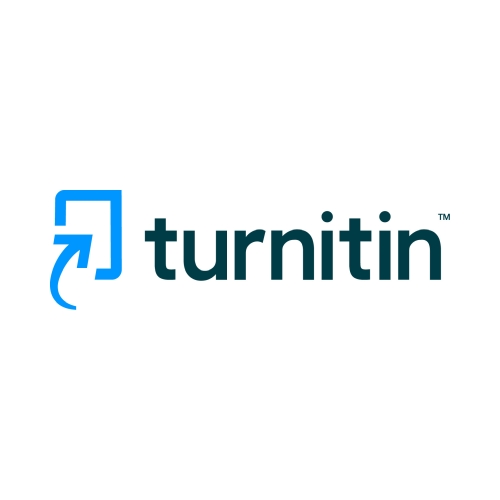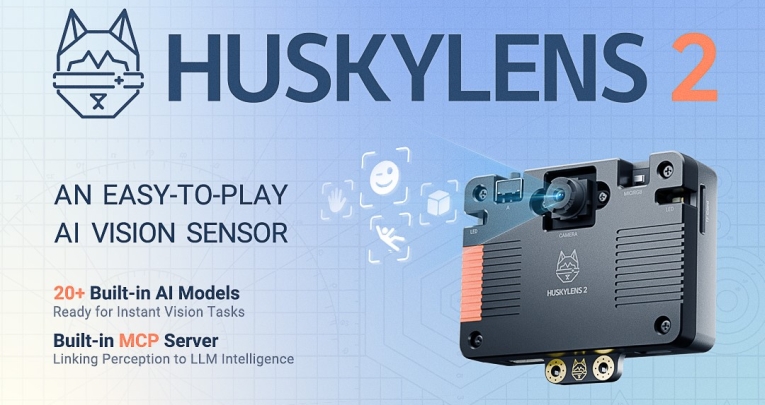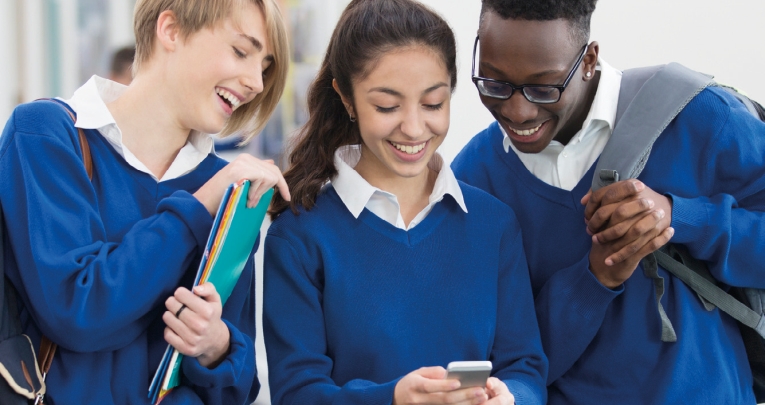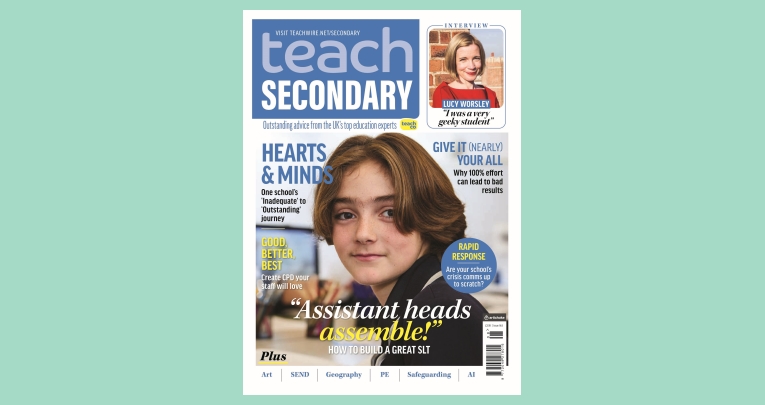There’s no escaping the ever-changing landscape of technology. Go back 25 years, and we didn’t have YouTube or Facebook, let alone phones capable of internet access.
It’s just the same in secondary education: technology impacts what we teach and how we teach it, and with the pace at which things develop, we always need to be prepared for the next leaps.
AI (artificial intelligence), in particular, is going to be something that impacts every secondary school classroom, no matter how we look at it.
Already, students and teachers have access to generative AI tools that can pump out hundreds or thousands of words in seconds following a few simple clicks… That’s incredible for producing and disseminating information, but not so incredible when we consider the cognitive impacts and implications around extended writing.
Are we going to lose our ability to assess and check learners’ understanding because of AI? Hopefully not, with the right teaching.
But it’s crucial that the challenges AI poses to academic integrity are understood and, where necessary, addressed to maintain quality education and safeguard secondary schools’ reputations into the future.
Unlocking learning
First, the AI positives. As incredible as the internet is, it’s also a vast space, and navigating it as a secondary school student can be difficult. Often, the simple task of gathering information on a topic or concept requires a fair bit of time, and the collation of that information takes precedence over looking at and working with it.
Here, generative AI can help, as it can support students to concisely summarise huge amounts of information quickly and efficiently, leaving them with much more time to engage with the topic on an analytical level as opposed to focusing on the retrieval of facts.
“AI is going to be something that impacts every secondary school classroom.”
Of course, information retrieval is a key skill, but seeing how to efficiently summarise information is a good way to learn. In many ways, AI models how to present information in effective ways, giving learners guidance on how best to collate and present topical content.
Neither should it be forgotten that using AI as a tool is itself a skill, and exercises in gathering and presenting information allow teachers to evaluate how effectively students are able to use the latest technologies.
In our increasingly high-tech world, it will (not might) be these sorts of skills that make learners stand out and give them the edge in the job market.

Safeguarding standards
There is no denying that AI has endless potential to assist learners in formulating ideas and bringing concepts to life, helping young people create beyond their wildest dreams, but it must be treated with care in order to maintain academic integrity.
One of the sticking points for many around this technology is the potential loss of individualism and creativity. How do we know where the student starts and the AI ends, and how do we prevent the latter taking over?
Learners’ growing access to AI writing tools in secondary school classrooms is challenging expectations around both authorship and assessment methods, and determining how and to what extent generative AI tools are permitted within academic environments should be a priority for all educators.
This is where tools like Turnitin are so valuable to secondary schools.
“AI has endless potential to assist learners in formulating ideas and bringing concepts to life, but it must be treated with care.”
Turnitin allows teachers to give students those extra layers of support through AI, boosting confidence and engagement while maintaining a degree of control and understanding around what is a student’s work and what has been created by AI.
Its AI writing detection technology supports schools in their efforts to keep standards high and assessment fair.
For schools, it all comes down to communication. AI will be a part of everyday education soon, so establishing boundaries and teaching young people how to use the technology ethically is so important.
As a part of this, students need to understand the modern definition of plagiarism and how to avoid crossing the line.
Striking a balance
In recent research, nearly half of students reported that they were users of generative AI, with 75% of these stating that they believed graduates needed to know how to use the technology to succeed in a professional setting.
Secondary school classrooms are the perfect place to teach young people not only how AI can support them to improve their work, but also their responsibilities when reaching for it and where the boundaries lie.
What we need to remember is that AI writing is not here to replace thinking; it’s a tool that can be utilised to help learners take their writing to the next level with some guided support and free up teachers to focus on what matters most.
AI is here to stay, and its potential is limitless. Using it for writing is a key way to help our students build their self-efficacy, and with care and understanding of the technology, we can do this while maintaining rigour in learning.
Turnitin’s AI writing detection helps educators identify when AI writing tools such as ChatGPT may have been used in submitted work.
To help you address AI writing situations in a formative manner, Turnitin offers practical guides, lessons, and infographics that teachers can use in their classrooms.











